On the left is a cultivar of Thanksgiving cactus named Inca Sun- it will have spectacular yellow flowers. On the right is an un-rooted cutting of Hoya subcalva. Hopefully this will root and in a couple years I should have flowers. The flowers are very pretty, but the best part is that they smell like grape juice. Grape juice! I can't wait.
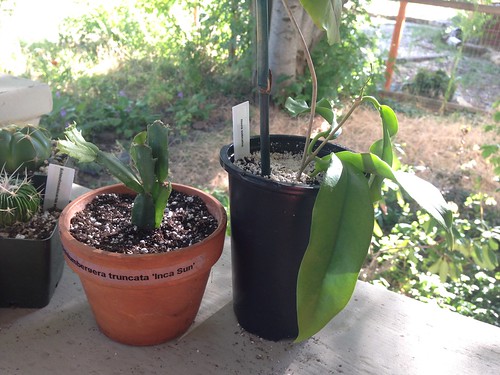
[Note: I restrained myself to one Thanksgiving cactus and one hoya from eBay. This was not because I was particularly strong and/or rational, it was because 1) I already have three Thanksgiving/Easter cacti, and 2) I got two hoyas (H. compacta and H. lacunosa 'Snow Caps') from Home Depot a couple weeks ago.]
All the rest of the plants I bought this week were desert cacti. The cactus group is so incredibly varied, with such cool architectural forms.
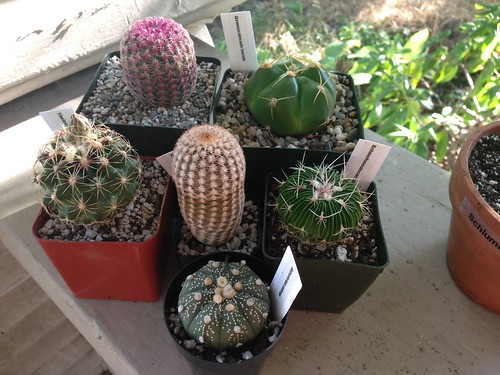
I find myself gravitating to the ones with few spines, or ones where the spines lie very flat to the body of the plant.
This first one, Echinocereus pectinatus rubrispinus, was what I saw on the discussion forum that sent me scurrying off to eBay. Isn't this great?! Pink pectinate (comb-like) spines! Pectinate spines are my very favorite.
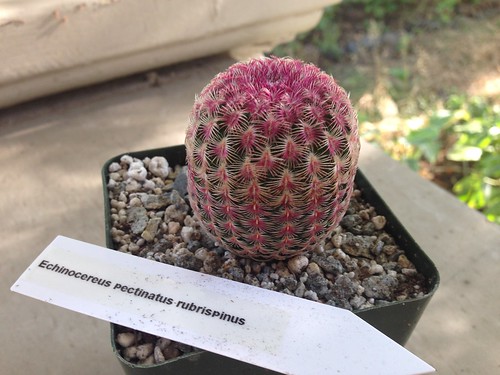
Then there's this one, Thelocactus bicolor ssp. schwarzii, which has two-tone spines and came with several buds.
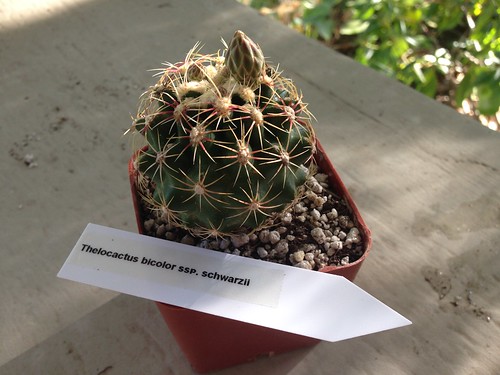
This one, Gymnocalycium horstii, has spines that are few but lethal. Luckily they are easily avoided.

This one, Echinocereus reichenbachii v. minor, is another pectinate species.
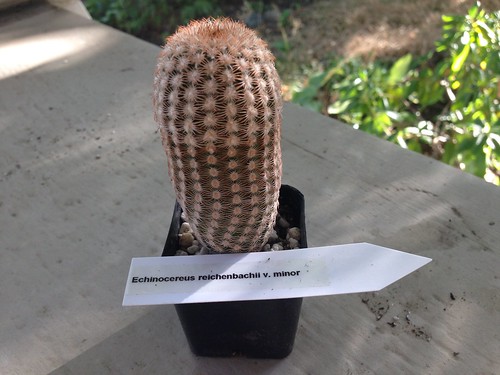
This one, Echinofossulocactus multicostatus, is very cool. It looks pleated.
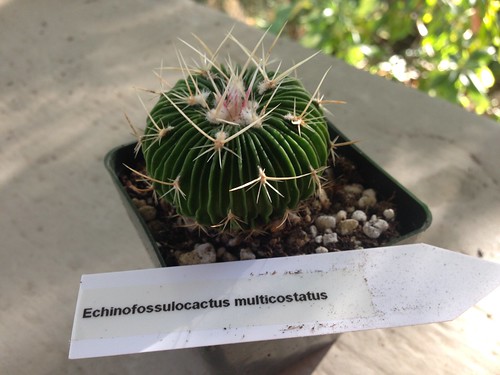
And lastly, this is Astrophytum asterias. This was the second species that sent me scurrying off to eBay. This cactus is reminiscent of a sea urchin shell!
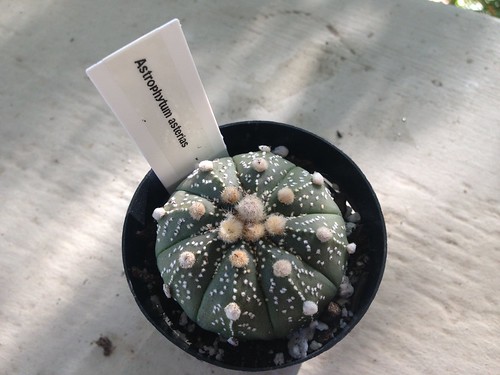
All these have very pretty flowers, but that's a bonus because I like them just as well when they're not blooming. Each one is so unique.
The nerd in me loves how all the Latin and Greek word roots in the scientific names are so descriptive. If you know the roots, you can get a good idea what the plant looks like without even seeing it. Plus it just tickles me how these long descriptive names end up being bigger than the plants themselves.

No comments:
Post a Comment